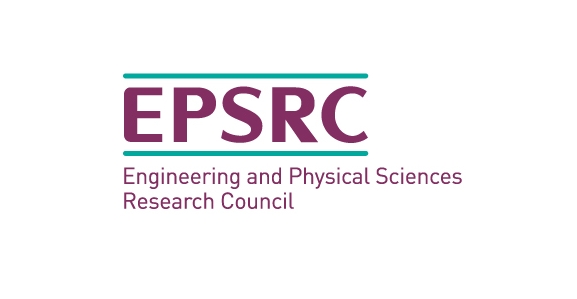About our Project
Disaster Risk Reduction of Heritage Structures in Nepal
Flooding and landslides are frequently occurring disasters in Nepal and the country is prone to earthquakes, being located on a ridge of the Tibetan and Indian Plates. Among the most devastating natural disasters experienced by the country was the recent 2015 earthquake, which caused heavy loss of human life, buildings and infrastructure. More than 9,000 people lost their lives, and around were 22,000 injured. Reports[1] indicate that 604,930 residential buildings were completely destroyed and 288,856 were partially damaged.
The impact of the earthquake on cultural heritage was also extensive. According to Nepal’s Department of Archaeology, around 750 heritage structures of significant cultural and religious value (e.g. temples and shrines) were affected. For example, Bhaktapur, a UNESCO World Heritage Site, was identified as one of the 14 most affected districts in the country. Discussions to place it on UNESCO’s List of World Heritage in Danger are already underway. Moreover, Nepal’s Department of Tourism[2] reported that the consequences of the earthquake has had a direct impact on cultural tourism. During the last year, the number of non-SAARC visitors (excluding China) entering the Bhaktapur district dropped by more than 80%, resulting in a loss of income exceeding more than US$ 3M on entry fees alone. Religious, cultural, social, and economic aspects are hence all interconnected here.
Aligned with the UN Sustainable Development Goal 11.4 “Strengthen efforts to protect and safeguard the world’s cultural and natural heritage” and Nepal’s national strategy for disaster risk management (2009)[3], this multidisciplinary and multinational team aims to adopt state-of-the-art facilities and approaches for the development of a risk based analysis tool to support the decision making process on heritage protection and management to natural disasters. In the long term, this will contribute directly to the recovery of local people’s livelihoods and the revitalization of economic development.
[1] Nepal Disaster Report 2015 (http://www.drrportal.gov.np/uploads/document/329.pdf)
[2] http://tourismdepartment.gov.np/
[3] http://www.preventionweb.net/english/professional/policies/v.php?id=30088


